- Kenya has the cows, the climate and the regional demand to become an African dairy leader.
- What it needs now is coherence, investment and commitment to building a system that turns potential into prosperity.
Kenya’s dairy industry is standing at a defining moment, shaped by both its long-established strengths and a new wave of ambition aimed at transforming livestock into a modern, competitive and export-driven sector.
For years, smallholder farmers have supplied the bulk of the country’s milk, creating a vibrant but fragmented system where great potential often clashes with weak infrastructure and inconsistent market structures.
Currently, with renewed policy focus and a growing interest in global partnerships, the question is no longer whether Kenya can build a world-class dairy industry, but how quickly and effectively it can put the right systems in place.
The government’s intensified push under the Bottom-Up Economic Transformation Agenda has already yielded signs of movement.
According to President William Ruto, there has been a 45 per cent rise in livestock production and exports over the last three years, indicating that when farmers receive support, markets stabilise and opportunities expand.
Read More
Dairy farming, naturally positioned at the centre of this progress, remains one of Kenya’s most promising value chains. The country produces over 5 billion litres of milk annually, yet processes less than a third of it.
In this gap between raw milk and finished products lies both the country’s biggest weakness and its greatest opportunity. Value addition is where jobs are created, exports take shape and farmers finally receive the earnings they deserve.
The essence of a modern dairy industry is not simply high milk production, but a well-coordinated chain that links feed, farming, processing and distribution. That idea was echoed recently during President William Ruto’s tour of Baladna Food Industries in Qatar.
The facility, which runs on an integrated “grass-to-glass” system, shows what efficiency looks like when every stage of dairy production is aligned. Kenya is not Qatar, nor should it aim to replicate its model wholesale.
But the lesson is valuable: a thriving dairy sector depends on systems that reduce losses, ensure consistent quality and support farmers with the right inputs.
For Kenya, the biggest starting point is feed. It remains one of the highest production costs for farmers and one of the most unstable elements of the value chain.
Investing in climate-resilient fodder crops, silage production and commercial feed systems would significantly reduce seasonal fluctuations in milk supply.
Strengthening rural cooling infrastructure is equally important, since post-harvest losses continue to deny farmers income and processors raw material. These are not glamorous interventions, but they are foundational.
Expanding processing capacity is also crucial if the country hopes to move from selling raw milk to competing in the premium dairy market.
As production increases toward the government’s target of 10 billion litres a year, Kenya needs processors capable of producing value-added goods such as cheese, butter, long-life milk and specialised dairy products for export.
Locating these facilities closer to major production zones would create rural jobs and reduce the heavy transport losses farmers currently face.
International partnerships, like the Qatar engagement, can accelerate this progress by offering technological insights and investment opportunities. However, true transformation will depend on how well the industry empowers its local producers.
Kenya’s dairy sector cannot modernise by bypassing farmers. It must be designed around them, giving them access to credit, training, veterinary support and cooperatives that advocate for better prices.
When farmers move from being raw-milk suppliers to fully integrated participants in a structured value chain, the benefits ripple far beyond the farm gate.
Kenya has the cows, the climate and the regional demand to become an African dairy leader. What it needs now is coherence, investment and commitment to building a system that turns potential into prosperity.
The future of Kenyan dairy is not just about producing more milk. It is about producing it smarter, processing it fully and ensuring that every litre contributes to a stronger rural economy and a more resilient nation.
Stay connected with us on WhatsApp and X for instant updates and breaking news as it happens.

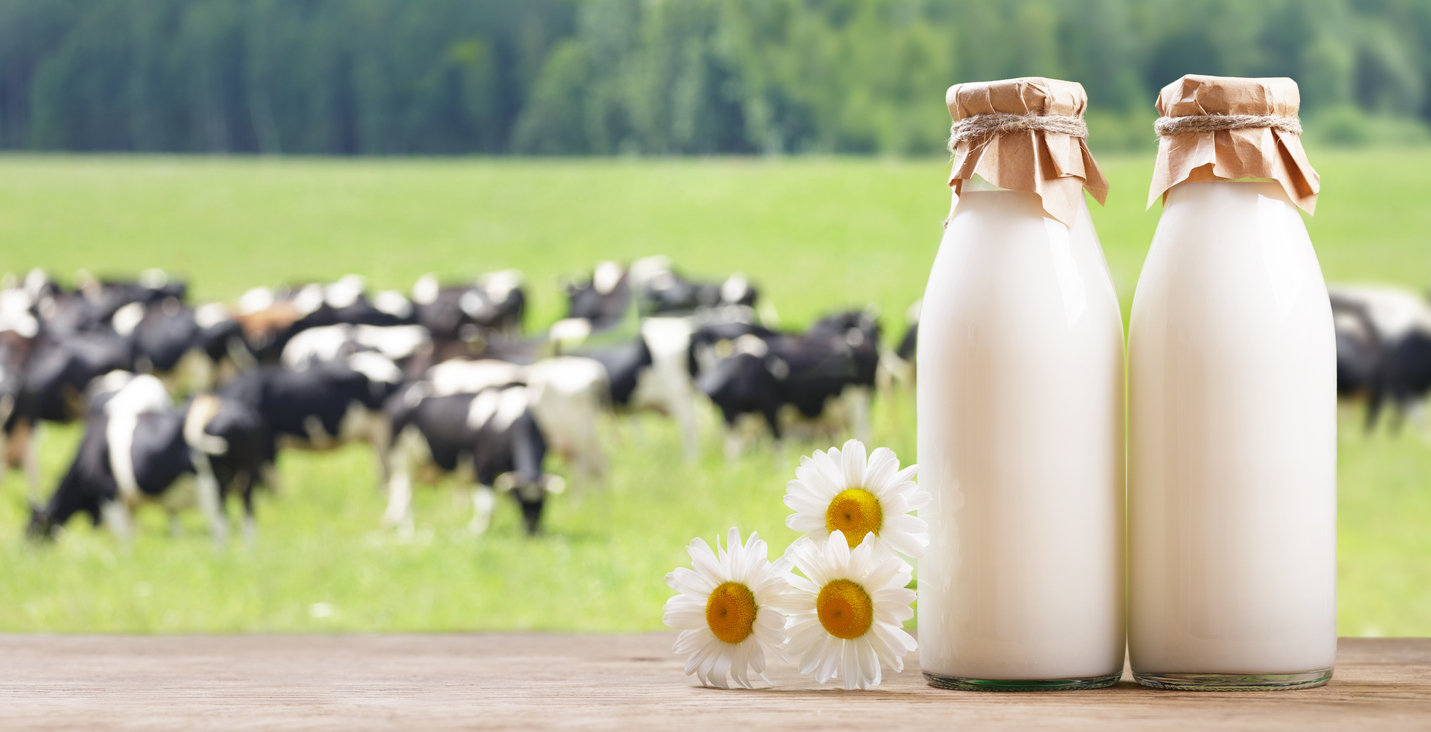

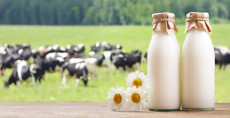
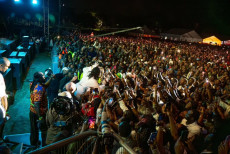
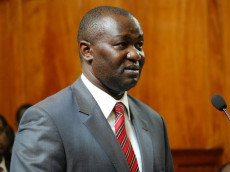
-1762326175-md.jpg)
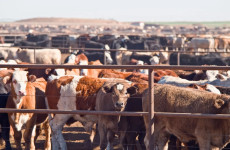




-1762326175-sm.jpg)